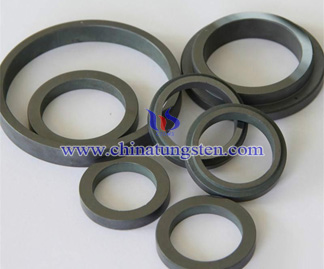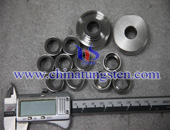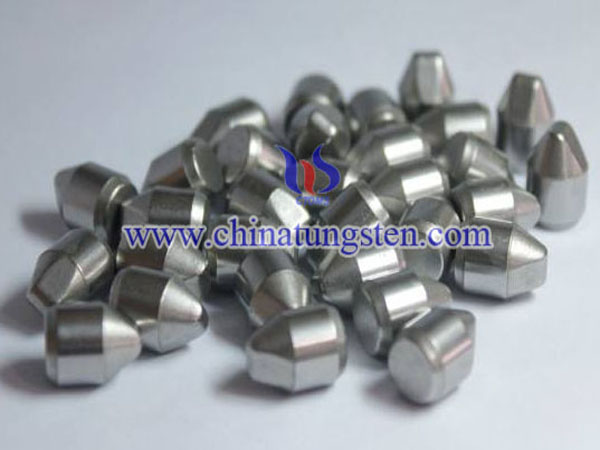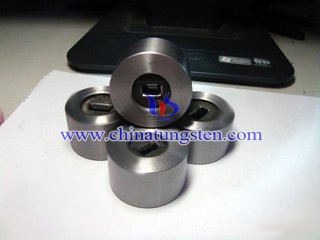Silicon Carbide Mechanical Seals
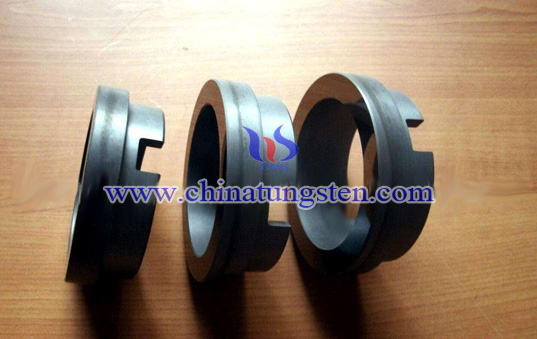
What is Silicon Carbide Mechanical Seals?
Silicon carbide mechanical seals are more expensive than carbon, but it is often used in more demanding applications. For example, blistering is a critical concern with carbon bearing materials. Strangely, the reason why blistering sometimes occurs is not known for certain. The most popular explanation is that a certain amount of material becomes absorbed in the carbon substrate and expands because of frictional heat, thus creating a crater in the seal face. Blistering is most often found in applications involving heavy oils. In some cases, the use of silicon carbide mechanical seals as a mating surface will eliminate a blistering problem.
The surfaces of seals components made from silicon carbide materials approach the hardness of diamonds and possess outstanding resistance to abrasion. These materials are particularly well suited to corrosive applications and can handle a wide range of temperature extremes. Silicon carbide mechanical seals is an excellent thermal conductor and can be specified where high strength and stiffness are required. One type of silicon carbide is made by exposing specially formulated graphite to silicon vapour. Another is reaction bonded (RBSC), a fine grain alpha silicon carbide matrix that has been infiltrated with molten silicon. A third type consists of high density silicon carbide in granular form that is moulded and sintered at high temperatures to form a solid part. Silicon carbide mechanical seals has been used as an alternative for hard surface against hard-surface applications. Bonding a silicon carbide matrix with graphite by an infiltration of molten silicon produces this material. It can be used for a high performance pressure-velocity applications and applications where resistance to the pumped solids is crucial.
Typical silicon carbide mechanical seals characteristics include:
Low density
High strength
Good high temperature strength (Reaction bonded)
Oxidation resistance (Reaction bonded)
Excellent thermal shock resistance
High hardness and wear resistance
Excellent chemical resistance
Low thermal expansion and high thermal conductivity

